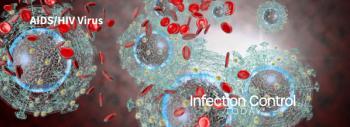
Transmission Dynamics for MRSA With Injection Drug Users
Methicillin-resistant Staphylococcus aureus (MRSA) is a bacterial pathogen resistance to antibiotics including methicillin. The resistance first emerged in 1960 in a healthcare setting only after two years of using methicillin as a viable treatment for methicillin-susceptible Staphylococcus aureus. MRSA leads to infections in different parts of the body including the skin, bloodstream, lungs, or the urinary tract.
The sensitivity analysis indicates that the transmission probability and recovery rates within the subgroup have the highest impact on the reproduction number of the reduced non-IDU model. Change in risk associated behaviors from non-IDUs to low-and high-risk IDUs lead to more MRSA cases among the subgroups. However, when more IDUs enroll into rehabilitation programs or clean needle exchange programs, there was a reduction in the number of MRSA cases in the community. Furthermore, MRSA burden within the subgroups can effectively be curtailed in the community by implementing moderate- and high-effectiveness control strategies.
The researchers say MRSA burden can be curtailed among and within non-injection drug users and both low-and high-risk injection drug users by encouraging positive change in behaviors and by moderate- and high-effectiveness control strategies that effectively targets the transmission probability and recovery rates within the subgroups in the community.
Reference: Wagner R and Agusto FB. Transmission dynamics for Methicilin-resistant Staphalococous areus with injection drug user. BMC Infectious Diseases. 201818:69
Newsletter
Stay prepared and protected with Infection Control Today's newsletter, delivering essential updates, best practices, and expert insights for infection preventionists.






